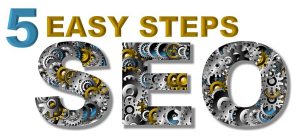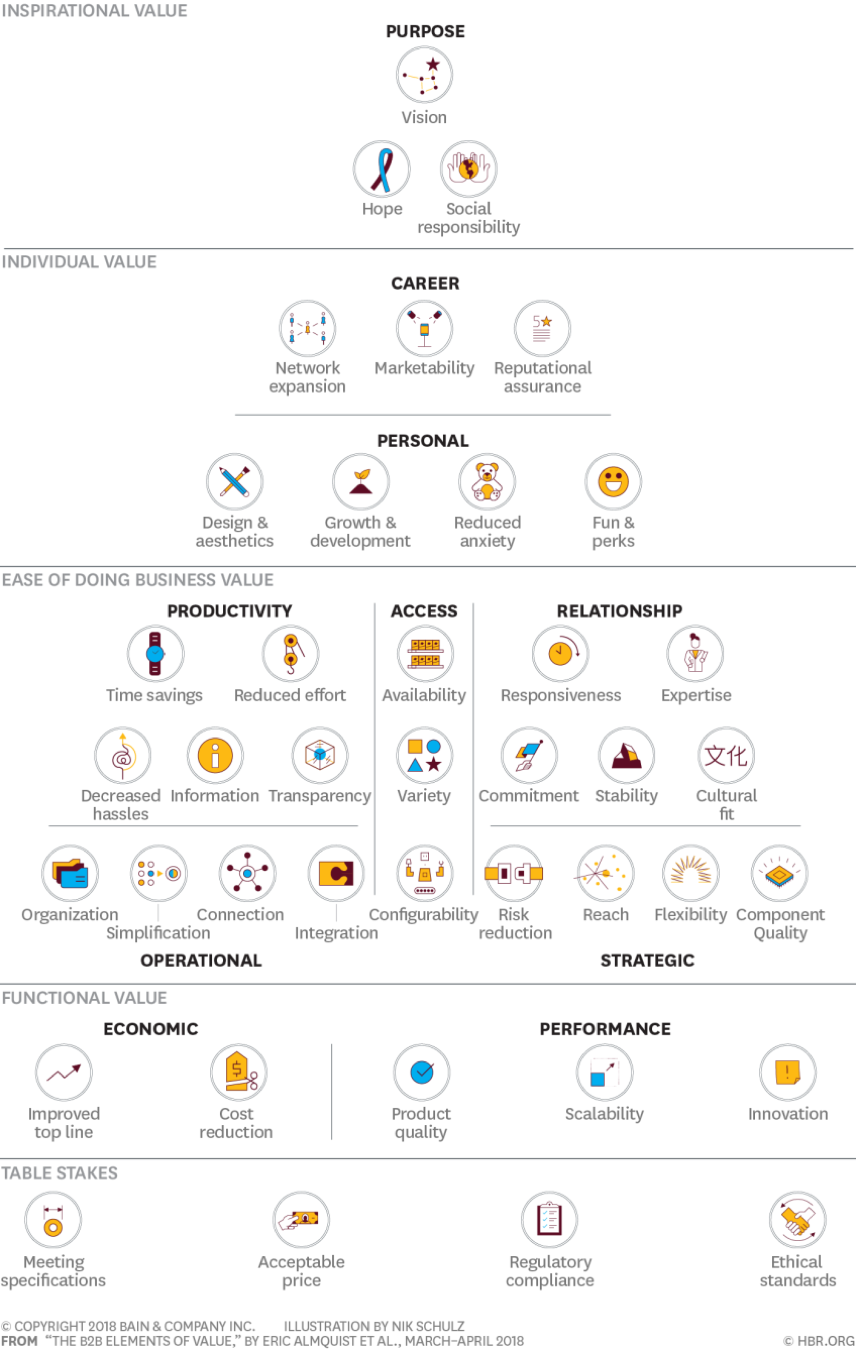We’d like to suggest a minimal effort that can bring big traffic to your website. It’s called a Super Extraordinary Opportunity, or SEO.
Most know this as Search Engine Optimization, but few understand what it does or how it works. Many don’t even bother with SEO because they don’t understand its power, which is a huge mistake.
Some spend good money on hiring an SEO agency. Some spend countless hours researching and trying to stay up to date.
We’ve reduced it to 5 easy steps that you can do yourself, without spending a dime, that will result in a tremendous boost in qualified traffic to your website.
Here we go. 5 easy, common sense SEO steps that will build a ton of qualified traffic:
Step 1: Focus on the right keywords
This is absolutely the most important step. A keyword is a word or phrase of great significance because it ties your website to what your ideal customers are searching for. Said differently, the keyword is what a customer types into Google to find you.
For instance, if I’m your prospect and I wanted to find out how to train my workforce, I might search for the following keywords or phrases:
- Companies that do workforce training
- What is workforce training
- How to train my workforce on safety
- Software for workforce training
Begin the process by crafting a very long list of relevant phrases of 1-4 words each.
What customers type into Google is not always what you and I assume they type. Because of this, you need to build a list of every possible variation a customer would use to find your product or service.
There are a lot of free tools like Ubersuggest to help you generate your big list of keywords. You can also find out what phrases your competitors use with SpyFu.
After you’ve built a list of several hundred phrases, go to Google Keyword Planner and “get search volume and forecasts” and paste in your entire list of keywords. Look under the “historical metrics” tab to find out how many searches each term gets per month.
We guarantee you’ll be surprised by what terms they actually use.
Next, choose what keywords are most important, based on three factors:
- The terms that are most relevantto your product or service
- The terms that get the most searches
- The terms that have the least amount of competition
Sometimes, it’s obvious which keywords are best for you. But usually, you have to make a lot of judgement calls.
Next, rank your top 50 keywords from one to fifty.
Keywords to use on your home page and your other main pages should come from your top 10 to 20 phrases. These are phrases that your ideal customers would use. They are customers who are already deep in the sales cycle and looking for a short list of vendors. For instance, if you’re an LMS vendor, they might type “best LMS.”
The rest of your top 50 keywords can be very specific keywords that you can use for blog topics. These keywords are much more niche and designed for the awareness and education of your prospects. For instance, “build certification program.”
If your company was Ferrari, the top 10-20 keywords might include “Italian super car”, but a blog keyword might be something like “learn how to drive fast.”
Step 2: Distribute your top keywords throughout your metadata
Metadata is used to describe individual web pages, allowing search engines to understand in brief what’s on that page. If you’re using WordPress or another website builder to create a webpage, at the bottom of the screen you’ll see Yoast SEO, which is the most popular SEO plugin. That’s where your metadata goes.
Think of metadata as an invitation to visit your page, written in an active voice with rationale and urgency. The description of the page must match what’s actually on the page. Search engines do not like to be fooled.
Start by creating the metadata page title.
Include three things in your page titles:
- The actual title of the page, like “Services”
- Your company name
- The primary keyword that you want to rank for on that page
Here’s an example title that’s less than the 70 character maximum:
Services – ABC Company – eLearning Development
Next is the page description:
What you want here is a short (155 characters tops) description of the content of the page. Make sure this description contains your primary keyword from the page title plus one or two other top keywords that are relevant to that page.
This enables the search engine to direct customers to your website. If the word in their search matches the word in the metadata, bingo! Or at least it gives you a fighting chance to get ranked. Especially if that keyword is in both the title and the description.
The last thing is the slug.
A slug is basically the page URL, but without your company domain.
For example, this slug is in bold:
www.abccompany.com/this-is-a-blog-post
You get a lot of bonus points if your primary keyword is in all four areas: title, description, slug and on the actual page.
That’s 90% of what you need in your metadata. Doing much more will take much longer and has diminishing returns for the time invest in it.
Make sure you do the title, description, page and slug for all of your pages, including blogs.
Step 3: Now do the same for your web page copy
Using your list of top keywords and the 3-5 that are most relevant to each page, go back through the content of each page and make sure you are using those keywords in the page text.
Don’t force it but do tighten the language. Even slight variations should be corrected (e.g., “compliance learning” may get more searches if it’s “compliance training”.
Don’t repeat keywords too often on the page. A few times is plenty. Google doesn’t appreciate a lot of repetition.
Of course, the keywords in your content should match the keywords in your metadata for each page. Google likes that very much.
Step 4: Get backlinks from external sites
Backlinks (also called linkbacks or inbound links) are also important to your SEO effort. This is when links on other websites point to your website.
Search engines view these backlinks as “social proof,” or a vote of confidence that others vouch for your web pages.
The most desirable backlinks are from high-traffic, well-respected websites, such as software review sites, if you are a software vendor.
The only negative about backlinks is that they take a long time to generate a lot of them. Many SEO experts believe that the easiest and most long-lasting route to getting more backlinks is simply through better content and blogs and pointing to them on social media, but that also takes a lot of time.
Step 5: Track and adjust
The most important part of measuring SEO is understanding your customer and how they think and talk and especially what they search for. It’s like learning their language. Learning what they care about, what content they respond to and what words they use in searches.
Read the results – what are the changes to your website traffic? Which keywords are attracting visitors? Test adjustments to the metadata and adopt what works.
Continuous improvement is what makes all this effective long term and builds up your all-important backlinks and your Google credibility score.
This is your low-hanging fruit
These easy SEO steps are a great example of a high-reward investment of your time. The result is more qualified traffic, and, if your website is compelling, more leads and more business.
If you have questions, we’re here to help.
Gordon L. Johnson
As a B2B growth marketer, Johnson specializes in transforming training company brands, building pipelines and accelerating market share. He has over fifteen years of experience in the learning and education industry, marketing technology, training and services. To learn more, visit Gordon’s website.
919.522.0133
gordon@gordonljohnson.com
Scott Hornstein
International author, teacher and consultant, Scott works with training companies to maximize customer satisfaction, retention and lifetime value. He works with clients in all phases of content creation, strategy, research and implementation. Contact Scott.
203.470.3395
scott@hornsteinassociates.com
You can also read our eBook: 10 Marketing Strategies that No Learning Tech Vendor Can Live Without








